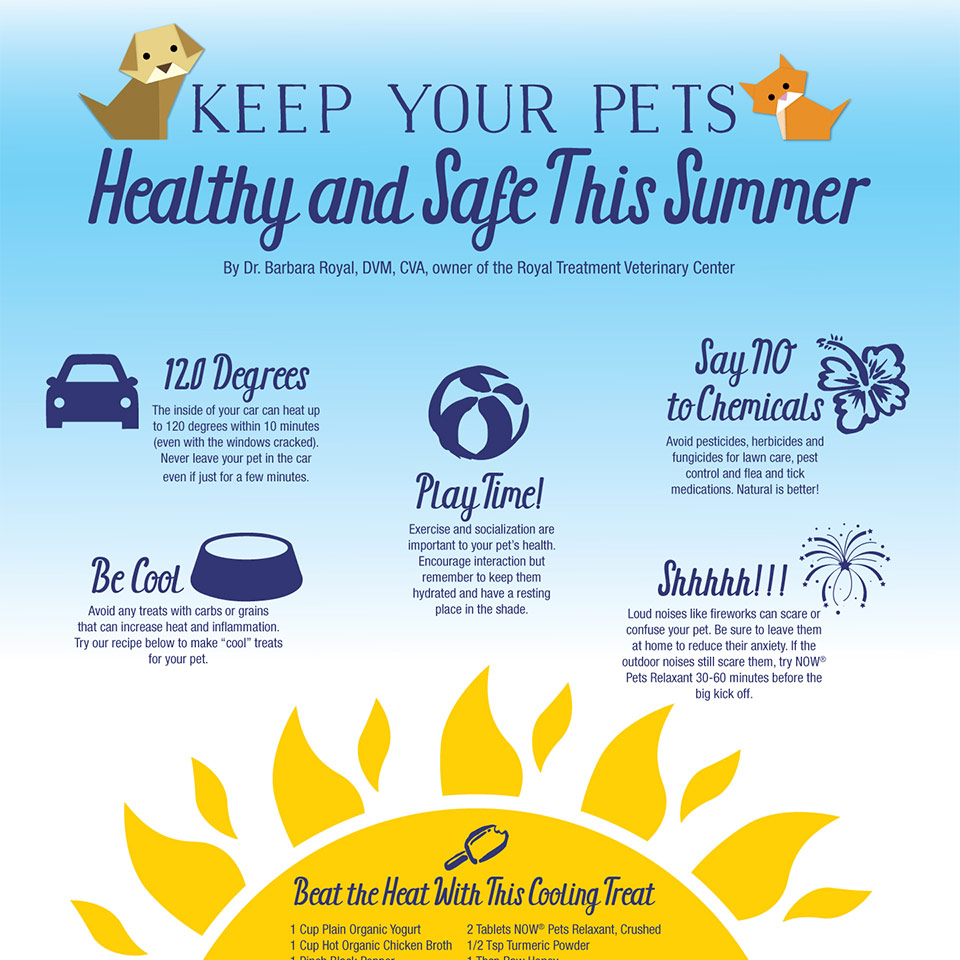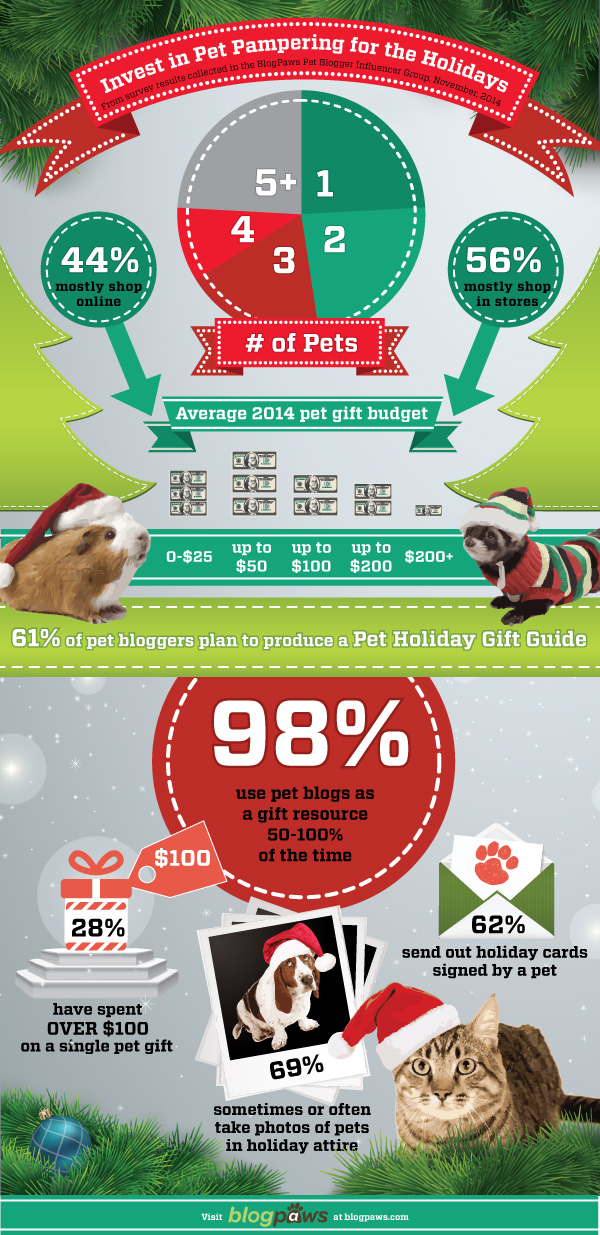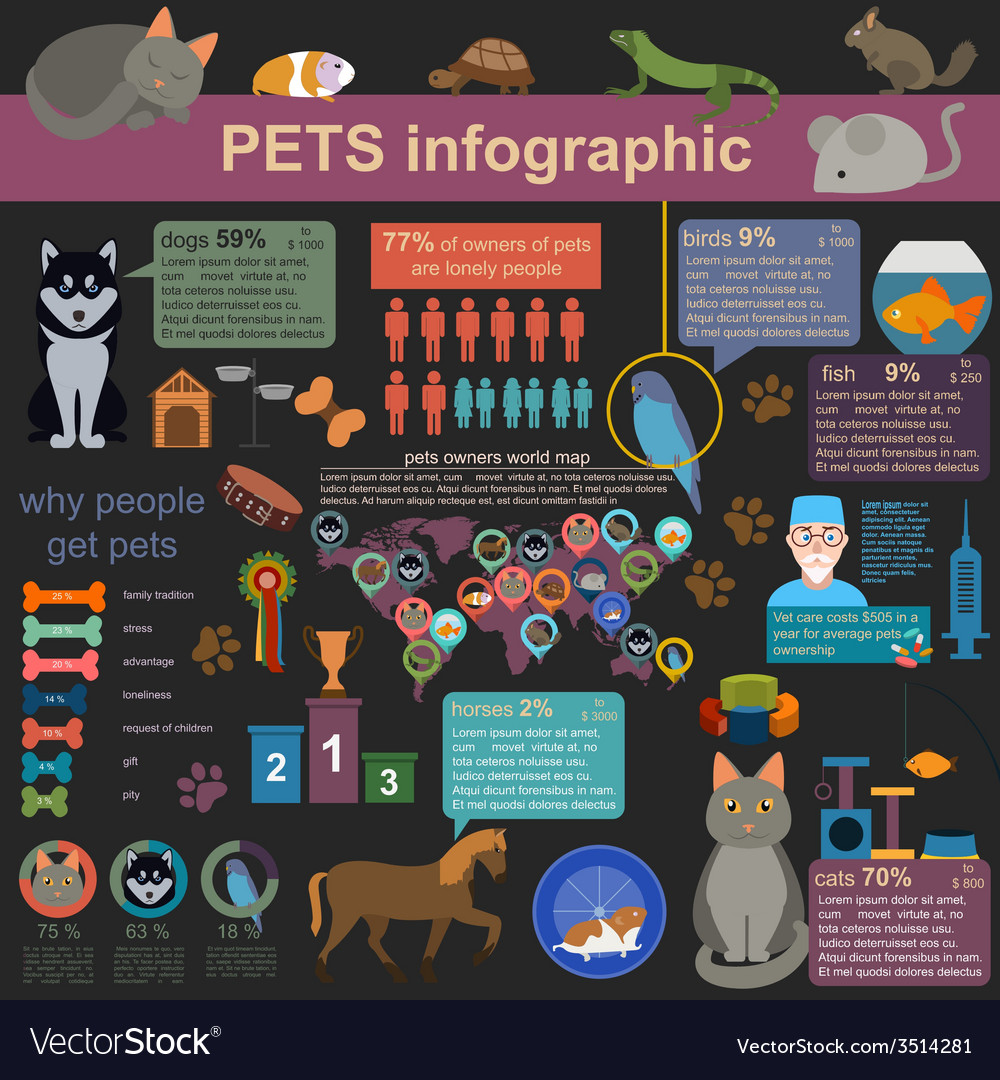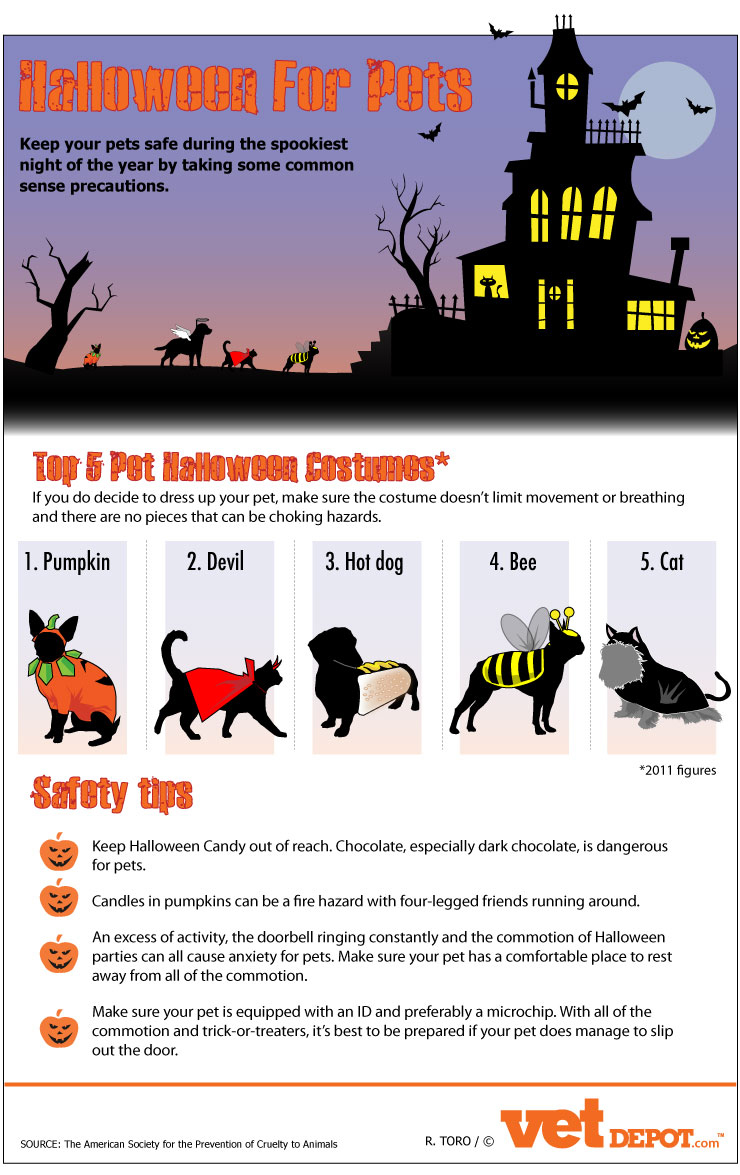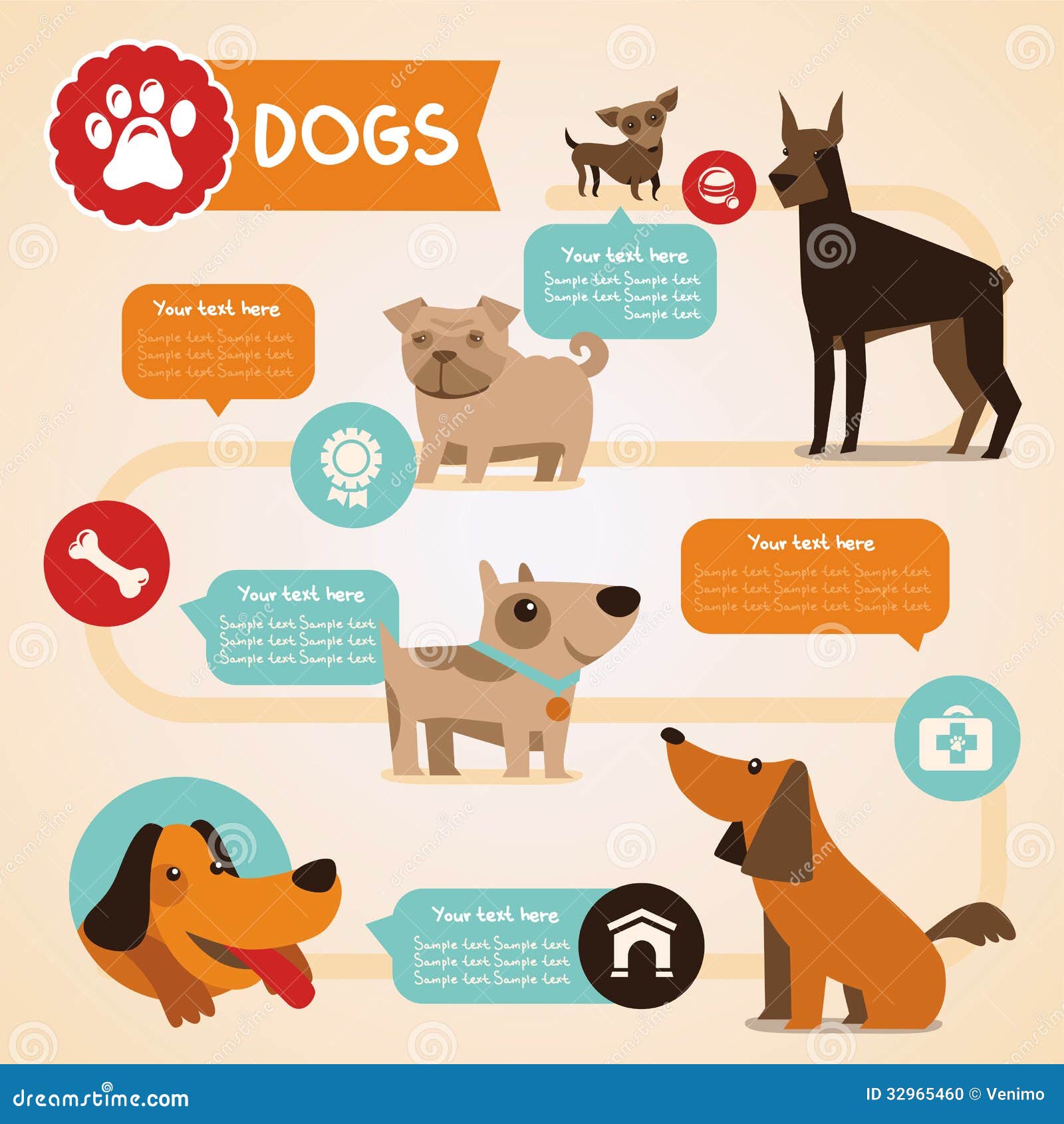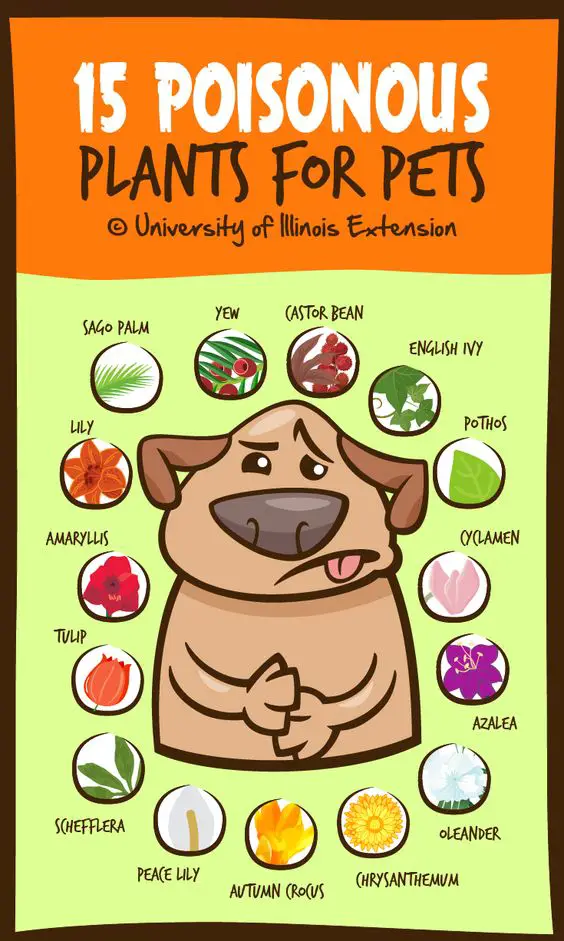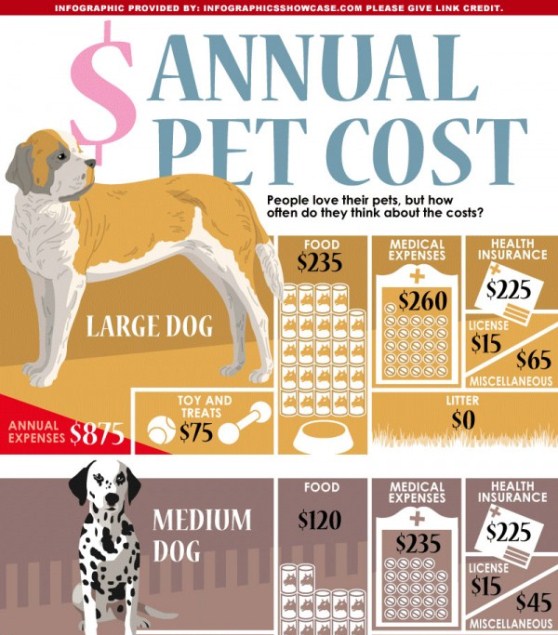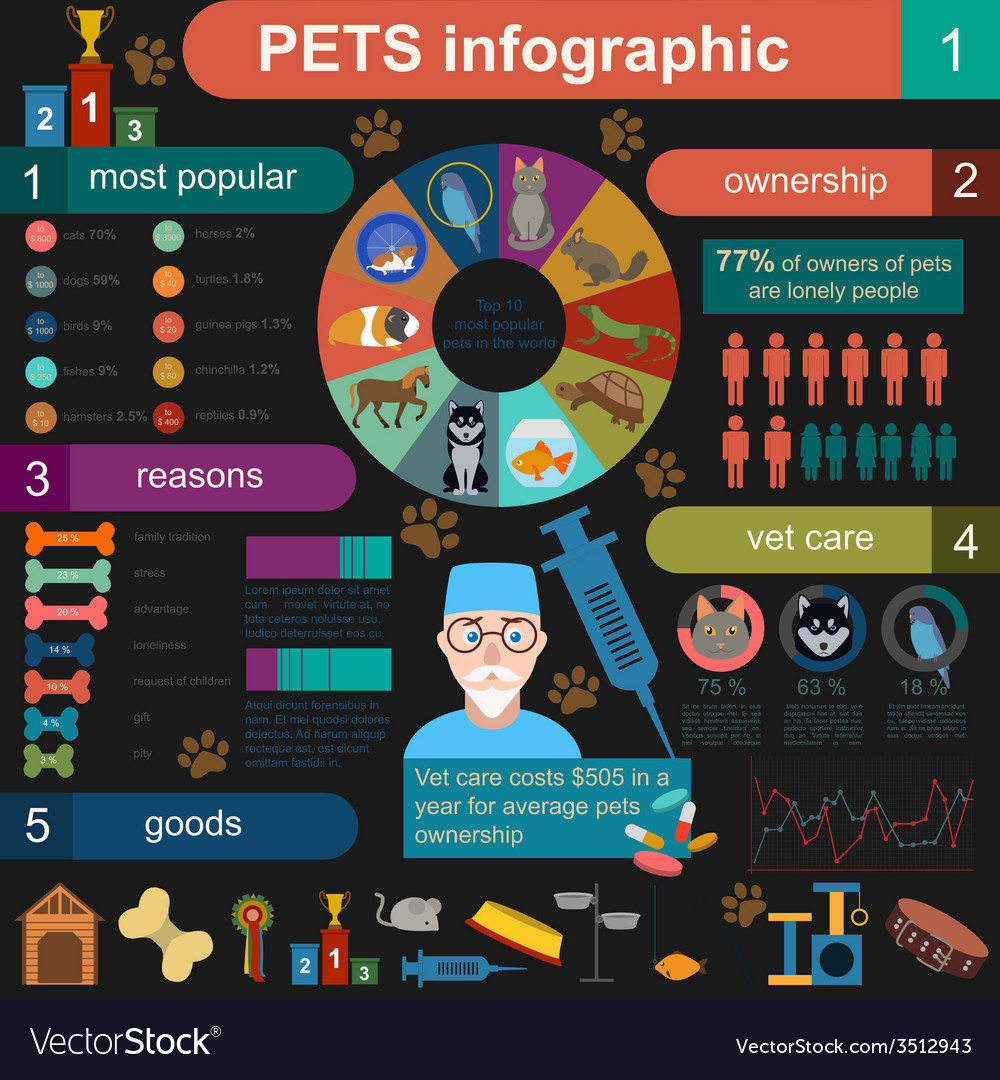Pet childcares are a requirement for numerous functioning family pet parents. However, if your pet displays concerning actions, you may be asked to remove them from the center.
Some pet dogs obtain outlawed from childcare as a result of aggressive or overly physical play that can cause injuries to other pet dogs. These habits consist of:
Aggressiveness
Aggressiveness in the direction of other dogs is a common reason for bans. It can be set off by play, fragrances, food bowls and other individuals (particularly youngsters). It is generally routed at one pet yet might be rerouted in the direction of multiple dogs. Generally, dogs who are aggressive toward other dogs are not good candidates for daycare.
A dog can display aggression through barking, lunging, redirected behavior, excessive posturing, humps and other aggressive types of actions. This is not a typical part of a pet's character and typically requires treatment before a day care facility will consider confessing.
Some pets are aggressive only towards particular classifications of individuals such as veterinarians, groomers, postal carriers and other people. This kind of hostility can be a problem for many childcares due to the fact that it is commonly impossible to avoid the targeted person or team.
Solitude
Just like humans, pets can obtain lonely. Isolation develops a solid desire to re-connect and engage with others. When the pet is not able to connect and engage in a favorable way they will certainly seek more devastating electrical outlets for their solitude. This frequently takes the form of playing harsh with other dogs or acting controlling and aggressive in the direction of their own playthings.
Unfortunately, a daycare setting does not always provide the most effective chance to manage these type of behaviours. As an example, personnel whose shifts transform on a regular basis have to kennel pets rapidly and without the moment or sources to observe them or to help reintroduce them back into the group.
Just like people that thrive in substantial crowds at songs festivals however find it a lot simpler to rest alone at a low-key coffee bar, pet dogs have distinct choices about when, just how and with whom they socialize with various other animals. Removing them from a team they don't belong in is hardly ever going to educate them any different.
Over-stimulation
Overstimulation is when you really feel overwhelmed by sensory stimulations, like too much sound or activity. This can set off sensations of stress and anxiety and anxiety, and physical symptoms such as problem breathing.
It's a reason why some pet dogs obtain banned from day care - specifically those that have actually been required to be frequently switched on. They could seem irritable, stylish or confused and struggle to focus. They might need to cover their ears or eyes, or prevent individuals and situations since they're overstimulated by them.
Overstimulated pets might be jumping, barking, getting hold of, damaging and even biting out of context due to the fact that they're unable to soothe themselves down. This is often a genetic attribute or breed-trait and can be intensified by boarding dogs particular environmental elements. Maybe that they're strained with ball chasing, harsh play, repetitive commands or just a lot of individuals all at once. They may 'enter into active mode' during strolls and require to be crated when they return home.
Excessive humping
Numerous pet dogs place and hump occasionally, however when it becomes extreme, it is an issue. This actions can be regarded as dominance, displaced aggression or just enjoyment and is hard to control in a daycare atmosphere. If you have a pet dog that bulges various other dogs or people, try disengaging them from the situation as soon as it begins by guiding them away, transforming your back or taking a seat. If necessary, utilize a timeout for one to 3 mins in a quiet area. This will help your puppy discover that this actions is not permitted.
It is also important to note that humping can often be the outcome of a hidden clinical concern such as urinary tract infections, allergies, or skin troubles that make the genital location itchy and painful. It is always a good idea to get a veterinary exam and ask your veterinarian for their viewpoint. They may be able to provide some medical guidance and suggest medication.
enter'>|
